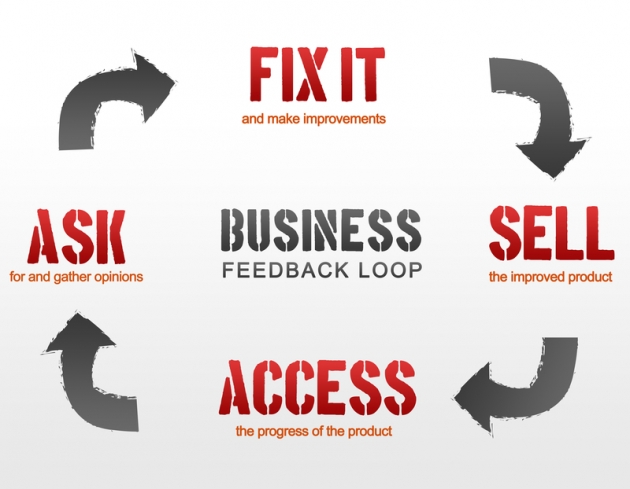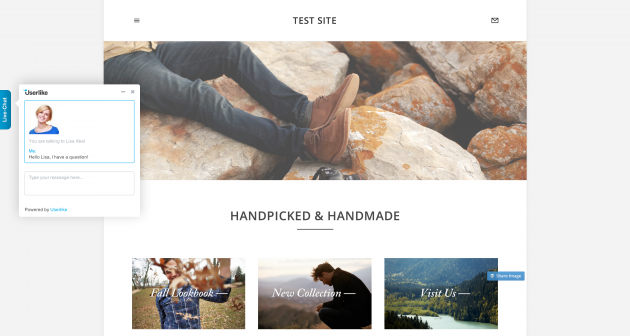Importance of Being Close to Early Customers
What is the most common mistake made by startups? There are a couple of contenders, but arguably the most important one is forgetting to stay close to your early users/customers. It’s not only a common mistake, it’s also a fatal one. Yet it is also easy to understand why it’s being made over and over again.
Why Startups Forget to be Close to their Users
Startups tend to be short in just about everything: money, manpower and, most of all, time. This drives up the pressure to develop and optimize the product up to a point where it’s ready for market entry. Because of this lack in resources, startups have to focus on the most important matters at hand.

So what do you do when you have to be a 100% focused? You close yourself off. You move away from disturbances and noise, lock yourself in a room, put in your earplugs and start getting things done. Most companies, whether they admit it or not, consider most of what comes out of users/customers as noise.
Why you shouldn’t forget…
We all know the overnight garage startup success stories: a couple of brilliant entrepreneurs close themselves up in a tech-infested mancave for a number of months/years, come out with a genius product and make a couple of millions each. These garage entrepreneurs are popularized heroes. However, the sad true story is that 95% of these garage-fabricated products, once seeing daylight, are rejected by the market.
The problem is that while the potential payoffs rise together with the innovativeness of the product, so does the risk of a market misfit. This should be the real Nr. 1 goal of any startup: finding a market fit. And that’s where your early users come in.
In the past few years a successful method for startups to find a market fit fast was popularized by Eric Ries: ‘the Lean Startup’. The Lean Startup defines the importance of collecting data and learning from it, constantly, in order to redefine as well as optimize your initial ideas and products. Quickly summarized, it goes something like this:
- build a minimum viable product
- get feedback from your early users
- adjust
- feedback
- back to step 3

The problem with the ‘garage entrepreneurs’ is simple: they fail in getting feedback on their prototype from the prospective customer. Instead they build a product that is ready-to-market, only to find there is no market for it!
The problem with the ‘garage entrepreneurs’ is simple: they fail in getting feedback on their prototype from the prospective customer. Instead they build a product that is ready-to-market, only to find there is no market for it!
The ground base of the lean process is the Feedback Loop, where you learn and develop not only from your own thoughts, but from user feedback. And that’s why staying in contact with your early users is so important, especially in the startup phase! Resist that urge to isolate your team for the sake of making them work as efficiently as possible. There is nothing as inefficient as digging in the wrong direction. Focus instead on learning, making sure your team is working on the right thing.
How to stay in Contact with Early Users
So that’s why it’s crucial to stay in close contact with your early users. Let’s now take a look at some methods and tools that’ll help you do that.
Live Chat
For most startups the Website is their most important marketing asset, the point where people start learning about you, register and/or purchase. Being able to talk with your visitors (www.userlike.com) and users over your site is a great way to better understand the needs of your target group and get feedback on what you have to offer so far. Live chat is a tool that can be easily integrated into your website, allowing visitors to interact with you in real time. At Userlike we’ve always been behind the chat on our site, on the one hand to showcase our own product, but on the other also to gain feedback from our users.
A common pitfall is to make the chat the job of 1 person inside the company. While this is fine to boost efficiency in later stages, in the startup phase we recommend team members from all different fields to take turns behind the chat. This way everyone gets an understanding of the needs and wishes of the early users.

Calls
Even though not the cheapest, calling is still one of the most personal and direct ways of uncovering honest opinions. In a personal call you can explore different aspects of the user experience, as well as take a look into their emotions (a deeper aspect of their personal satisfaction).
If you play it right most people won’t mind giving their opinion. Even more, making a phone call allows you to establish a personal bond with the customer, which can have a significant impact on his long-term loyalty.
The most common form of communication still has considerations which must not be overlooked. It is true that people are flooded with tons of undesired eMails everyday and most people don’t spend more than 2 seconds reading commercial email, tops.
However, email is also the most efficient way to reach a larger audience, let them know about your recent developments or ask for their feedback. Email still has an incredible potential for startups only if optimized correctly, reduced to the essential content and carefully designed (a simple text email can also work fine). Just make sure it doesn’t look like a nasty commercial spam email.
Feedback Forms
The most straightforward way of collecting data into your feedback loop is by enabling feedback forms that are embedded in your site. Feedback forms are usually boxes with simple satisfaction questions, rating grids or other layout mechanisms to be filled in by web visitors. Also important is to enable a possibility for customers to write their thoughts or suggestions down. Great ideas can be retrieved from such tools.
The downside of feedback forms is that it’s a rather passive way of collecting feedback, and it’s only suitable for explicit feedback. Implicit feedback, in which issues/needs/thoughts are uncovered through talking about a topic, cannot be collected through these forms.
Focus Groups
One way many larger companies test attitudes towards new products is through focused group meetings between members of their target group. With 1 moderator leading the discussion, these members can express their opinions and views among one another. This can be a very effective way to gather large amounts of feedback, but not all products lend themselves to it. If you are developing B2B software, for example, probably you’ll have a hard time getting enough members of your target group in 1 room.
In this meetings, even when the customer is not partially satisfied with the product it is highly important that you present them an attitude of willingness to improve, to develop your product according to their needs and wishes.

Start shaking hands with success by monitoring and developing your relation with your customers from day 1. There are many ways of interacting with them which we have not explored here. These are simply the most simple ways to do it, accessible to anyone. Being close with your early customers is crucial for developing a long, sustainable and well-adjusted business.
blog comments powered by Disqus


















